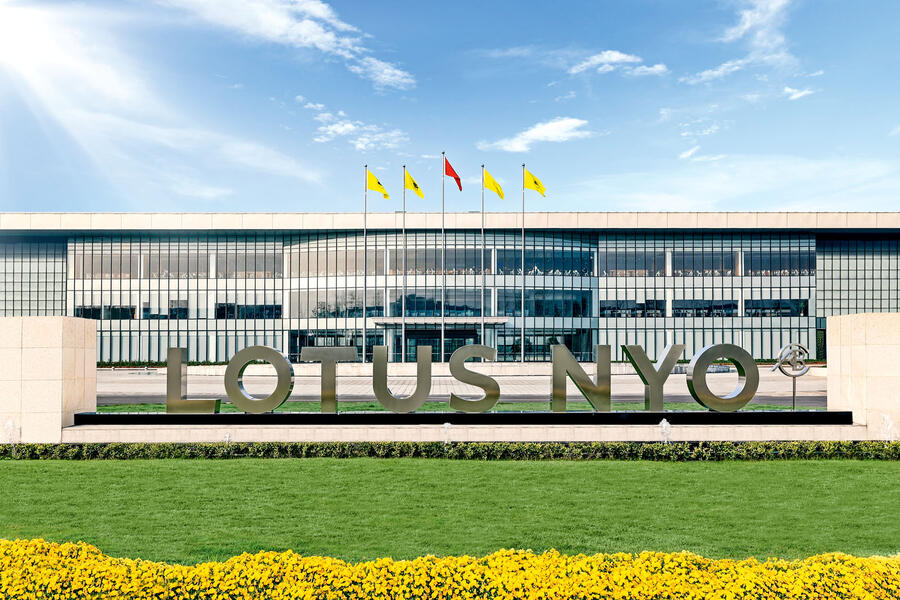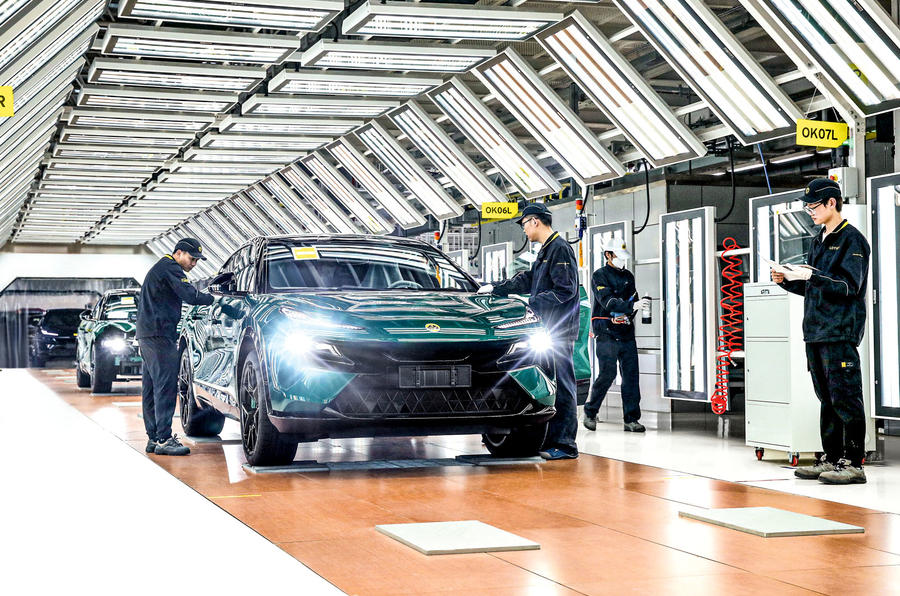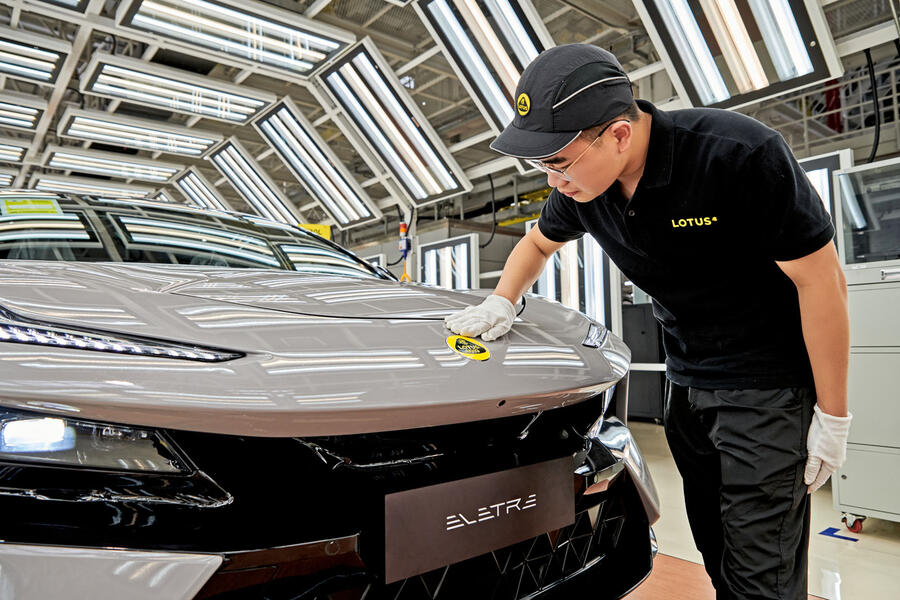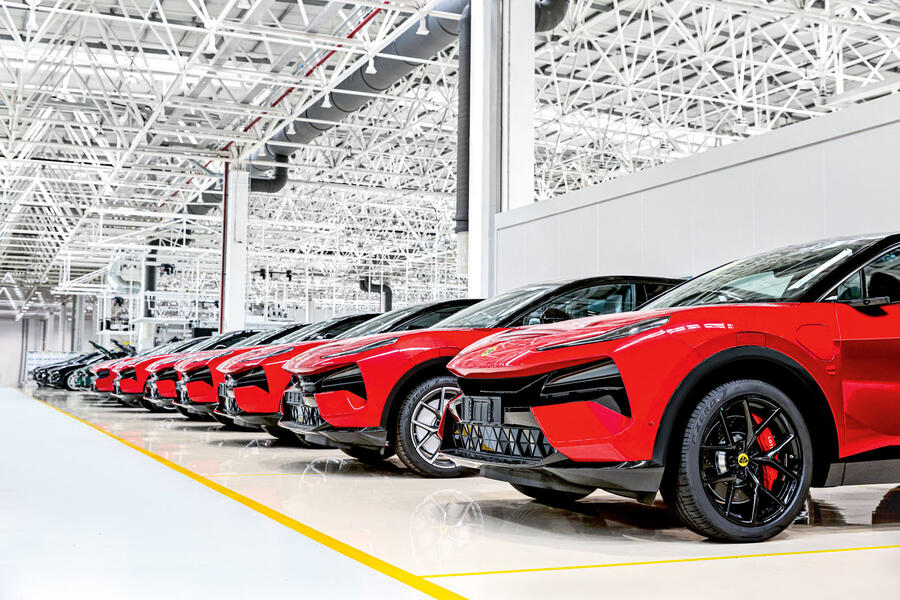Hethel is set to remain Lotus’s spiritual home and the place where its sports cars are designed and built. But the vast new Lotus plant in Wuhan seems set to become the brand’s powerhouse, definitely when it comes to sales volumes.
Lotus’s hefty prediction that it will be selling 150,000 of its ‘lifestyle EVs’ a year globally as soon as 2028 seems a whole lot more achievable after I took the chance to tour the spectacular new Chinese plant.
Factory manager Xi Tan is one of Geely’s most experienced, with a well-established track record for setting up new facilities. The dramatic expansion of the group’s activities has given him plenty of experience doing so over the years: Wuhan is the seventh factory of which he has led the establishment, although he admits that the first of those was actually a joint venture with Honda.
Work on what’s officially known as the Lotus Global EV Production Centre started in 2019, and it was formally opened in July last year. Situated about 30 miles to the south-west of Wuhan city and close to the Yangtze river, it has plenty of company, being within the Wuhan Technology and Development Zone, home to numerous other car plants and suppliers.
The Lotus site covers around 250 acres and incorporates a press shop, paint shop and final assembly area. There’s also a test track, incorporating a kilometre-long main straight and 16 corners, which is used for both shakedown and validation work. In essence, it’s pretty much a self- contained production facility – one that Lotus has spent a reported $1.5 billion (£1.2bn) building.

That spending is obvious throughout the plant. Production of the Eletre SUV began earlier this year, although it’s still ramping up towards high-volume production.
Yet even when it’s running closer to capacity, Wuhan will still be quieter than a traditional car plant, thanks to a very high level of automation.
The key to this is a very advanced parts control system that delivers components to different stations via automated electric sleds that glide around the factory on designated pathways, stopping and beeping politely if anything unexpected blocks their path. This means there are far fewer components in racks waiting to be fitted.









Add your comment